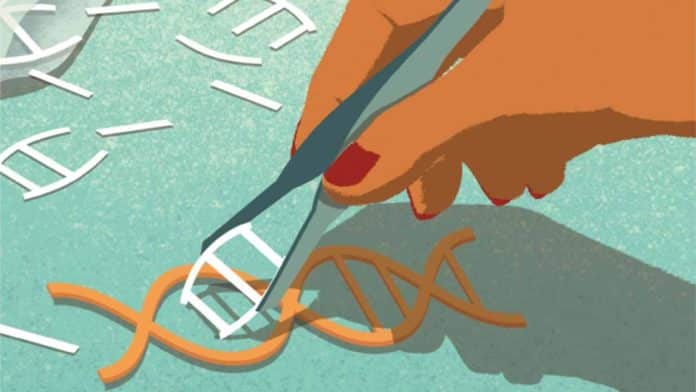CRISPR Undergoes Dramatic Improvement by Guide Molecule Replacement
More than ever, we can view the genomes of humans and other organisms as drafts—not final and canonical texts, but rough copies to be tweaked and refined. Although scientists have been able to edit genomes for many decades, the tools were often cumbersome to work with, expensive to hire, or sloppy in their efforts. Eventhough CRISPR is far superior in comparison to its predecessors, scientists are racing to improve it even further.
“We’ve discovered a way to greatly improve the accuracy of gene-editing technology by replacing the natural guide molecule it uses with a synthetic one called a bridged nucleic acid, or BNA,” said Basil Hubbard, Canada Research Chair in Molecular Therapeutics and an assistant professor in the University of Alberta’s Department of Pharmacology, who led the study.
“It allows bacteria to store information about previous infections and then use it to seek out and destroy the DNA of new invaders by cutting it,” Hubbard explained.
“What researchers have realised is that this system can be programmed to cut a specific DNA sequence in a human cell also, allowing us to edit our genes. One of the main issues, however, is that the system is not perfectly specific — sometimes it cuts a similar but incorrect gene.”
“However, given that there are trillions of cells in the human body, even one percentage off is quite significant, especially because gene editing is permanent. One wrong cut and a patient could end up with a serious condition, like cancer.”
The approach uses synthetic guide molecules known as bridged nucleic acids (BNAs) in place of the system’s native guide RNAs (gRNAs) to direct the Cas9 enzyme to its target DNA sequence, and so reduce off-target DNA cleavage. The Alberta team’s BNA guide molecule was more stable and stringent seeking the right DNA to cut.”Our research shows that the use of bridged nucleic acids to guide Cas9 can improve its specificity by over 10,000 times in certain instances – a dramatic improvement,” Hubbard said.
“Overall, these findings unveil a strategy for improving the specificity of the CRISPR-Cas9 system and illustrate the application of recently developed synthetic nucleic acid technologies to solving problems in enzyme specificity,” the researchers conclude. “We anticipate that these findings will directly contribute to the ongoing goal of improving the specificity and safety of genome-editing agents for a wide variety of experimental and clinical applications.…In addition to describing a robust technique for improving the precision of CRISPR/Cas9-based gene editing, this study illuminates an application of synthetic nucleic acids.”
Hubbard and his team have now filed a patent on their discovery and further hope to partner with the pharmaceutical industry to incorporate it into a therapeutic.






























